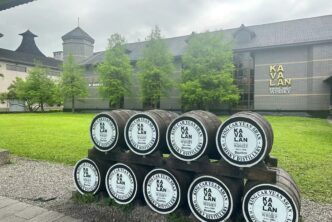西鸽酒庄成立于2017年,是中国比较年轻但特别成功的酒庄之一。酒庄拥有一流的技术团队,而酒庄建筑和葡萄园如果用壮观来形容,可能都有些言不达意。
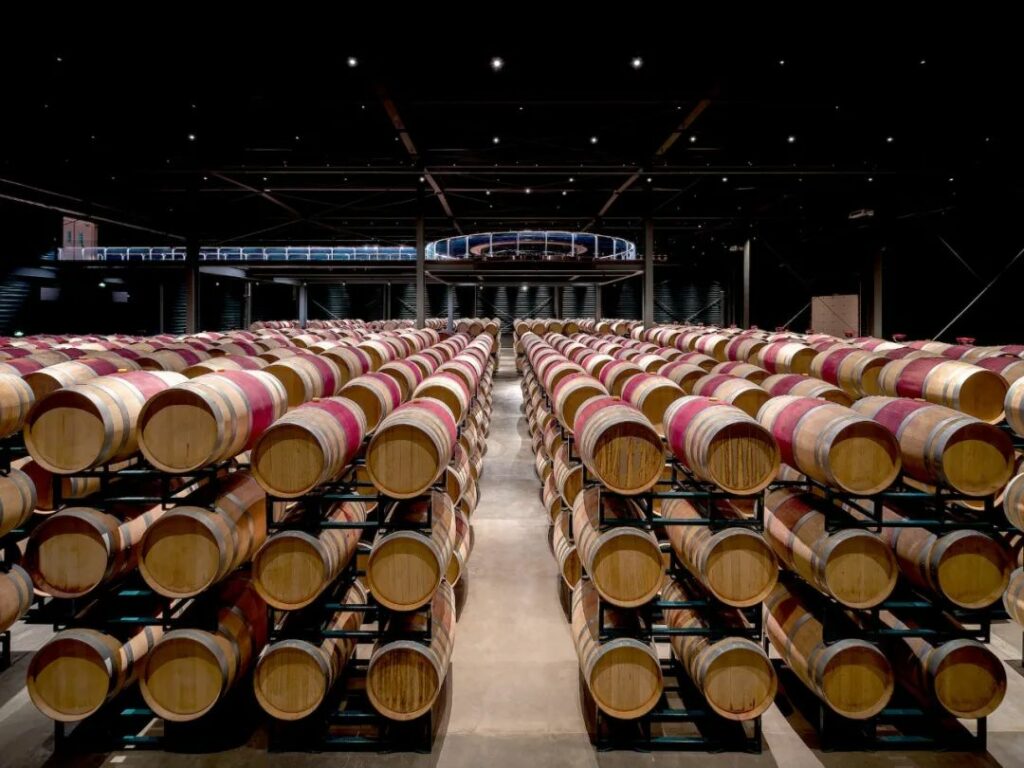
震撼酒窖和葡萄酒品质有关系吗?
这么多年拜访酒庄,我发现不少酒庄花了不少钱在建筑上,但只能酿出一般的酒。如果你去过勃艮第或巴罗洛,你就会知道,许多绝世的酒庄都是让人在不怎么样的酒窖里品酒。但西鸽却是这样一个罕见的酒庄,其物理结构与所酿造的葡萄酒之美相得益彰。
当然,西鸽酒庄的酒暂时还无法与罗曼·里尼耶(Romain Lignier)或拉弗勒(Lafleur)姐妹过去在昏暗酒窖中酿造的葡萄酒相提并论。就西鸽庞大的规模而言,与奔富的共同点显然要多于勃艮第或皮埃蒙特那些家族酒庄。
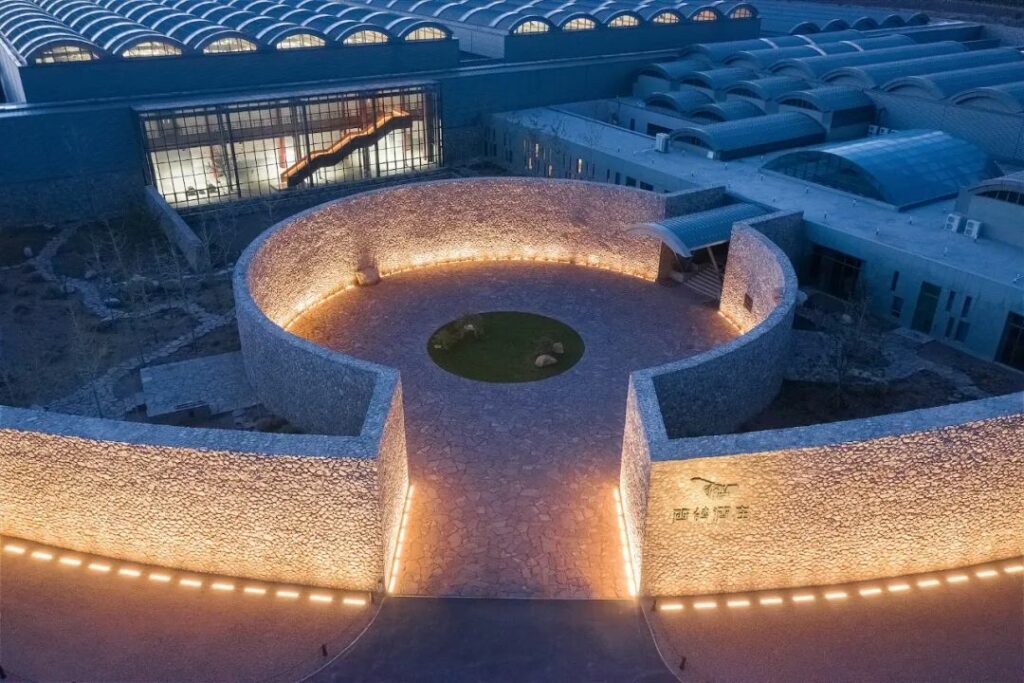
但在对品质和风土的独到见解上,西鸽却与这些小规模酒庄一样。
那些每年生产数百万箱葡萄酒的酒庄,往往更热衷于从任何地方采购大陆葡萄。但西鸽酒庄却不是这样做,这点确实值得称赞。西鸽也的确每年要酿造数百万瓶葡萄酒(目前年产量约为 600 万瓶,还有新种植的一些葡萄藤尚未结果),但酒庄也对自己葡萄园的原产地、独特性和风土条件深感自豪。这在与酒庄交谈和品鉴部分葡萄酒的时侯,就能感受到。
回到土地
说到数字,西鸽酒庄拥有约 2100 公顷的土地,全部种上了葡萄藤和数千棵树,有约 20 个不同的葡萄品种。由于酿酒所需的研究时间较长,他们还不能用所有的品种酿酒,但有一些非常有潜力的单品种葡萄酒不久就会问世。
这样的规模也应对了许多不同价位的酒款,总共有大约二十个品牌SKU(包括新面世的罐装风土葡萄酒“小酌”系列)。目前,酒庄主要专注于两个品牌——西鸽N系列和玉鸽系列,这两个系列就有约12款不同的酒。
葡萄藤的树龄各不相同。有约 1000 公顷的葡萄藤1997-1998 年间种下,平均树龄在 25-26 年;另外1100 公顷的葡萄藤2017-2022 年间种下,树龄仅 1-6 年。老葡萄园里主要种植了赤霞珠、蛇龙珠、霞多丽、黑皮诺等品种,其他品种比例很小。
如前所述,风土条件在西鸽看来非常重要。在当地一些其他酒庄要确切弄清葡萄酒的子产区或产区并不是一件特别容易的事,经常会出现让人混乱的陈述。但西鸽不是这样,宣扬其所在的”子产区”对酒庄来说非常重要,酒标上统统标有”鸽子山”的名称。
鸽子山,地理还是文化?
鸽子山是宁夏贺兰山东麓产区青铜峡子产区里的主要更细分一级的子产区。整个宁夏葡萄酒产区里的子产区还有永宁和银川这样的例子,但当在其他一些酒庄,许多人会说这些酒都是来自银川产区,这对听者其实没有什么意义。
所有西鸽葡萄酒的背标都使用了宁夏贺兰山东麓的地理标志,并加上了“鸽子山”的地理名字。西鸽酒庄土地里的湖泊位于鸽子山西侧,名为西鸽湖。西鸽以这一地理特征来给酒庄命名,表明了酒庄对风土的重视和尊重。而且为了体现和弘扬自己的中国特色,他们选择不翻译对应的英文名字,只使用汉语拼音。
事实上,鸽子山在创造特定葡萄酒风土的作用上,与其说是地理上的,不如说是文化上的。鸽子山并不是一座真正的山,更像是一个小斜坡,因此对当地风土在地理、地形塑造上起到的作用有很大限制。但鸽子山因其历史遗产而闻名遐迩,其考古遗址可追溯到12000 年前,或多或少处于旧石器时代向新石器时代的过渡时期。有趣的是,与世界其他地方这一时期出土的文物一样,鸽子山出土的文物,也暗示了当地人类社会从狩猎和采集经济向农业经济的转变。
不过,鸽子山这一地区的风土特点也很明显,那就是有穿山风,因为酒庄和葡萄园正好位于贺兰山脉低处的山脚下。而再往南的话,由于缺乏贺兰山脉的保护,大部分土地又都是沙漠。这样持续的风显然有助于降低病虫害风险,且有助于白天保持凉爽的温度,使葡萄酒保持良好的酸度和足够的新鲜感。
土壤表面主要由沙子和中小型砾石组成,重要的一点是,这些砾石比贺兰山产区北部的砾石要小得多,数量也少得多,肉眼很容易就能看出区别。下层则是大量的红色粘土。由于宁夏的降雨量不大,这种土壤具有很好的保水性,这一点因此很重要。
2021和 2022 年,酒庄又在鸽子山种植了一片新的葡萄园,这里更靠近青铜峡贺兰山的山麓,与酒庄老的葡萄园相比,这里有更多的斜坡,因此有许多不同类型的微尺度和中尺度地貌可以利用,希望有一天能在葡萄酒中表现出这种差异。
蛇龙珠
西鸽是中国十分认同蛇龙珠(Cabernet Gernischt)品种的酒庄之一。一些研究人员将认为蛇龙珠就是佳美娜(Carmenère),另一些则认为它是品丽珠(Cabernet Franc)。蛇龙珠的历史确实非常悠久,该品种早在 19 世纪末就在中国种植。
几百年来,不管原来是什么品种,这种葡萄藤已经适应了新的栖息地。这意味着它在这一过程中一次又一次地发生变异,以至于如今的蛇龙珠即使不是一个完全不同的品种,也至少可以是这两种葡萄之一在中国的新生物型。(更多可见:《这个足以让中国人骄傲的葡萄品种,终于有人重视了!》。
无论如何,蛇龙珠是西鸽的明星品种,原因则是多方面的。一是在宁夏,由于西鸽蛇龙珠的树龄较长,风味更浓郁,香气更复杂、单宁更细腻,层次感更强,这让西鸽早已成为酿造中国优质蛇龙珠的领导者。其二是由于贺兰山日照时间长,气候温暖干燥,蛇龙珠可以达到很好的成熟度,并充分展现其所有风味,而不会出现未熟的卡门内(Carmenet)品种家族成员特有的吡嗪味(注意:Carmenet,不是 ” Cabernet “,三珠、美乐和其他相关都是前者的家族成员)。
在2017 年接手老葡萄园后,酒庄花了数年时间将种植在这里大部分品种(尤其是蛇龙珠)的架型系统从传统的中国独龙蔓形改为“厂”字形,以确保该品种至少有可能在大多数年份,整个葡萄园都能达到上佳成熟,同时控制产量。显然,鉴于宁夏的炎热气候,树冠管理和葡萄采摘时机都非常重要。西鸽接手后,蛇龙珠的采摘期比之前要晚得多。而在过去,农民所有的注意力都在赤霞珠上,因为赤霞珠能为他/她们带来更高的价格。
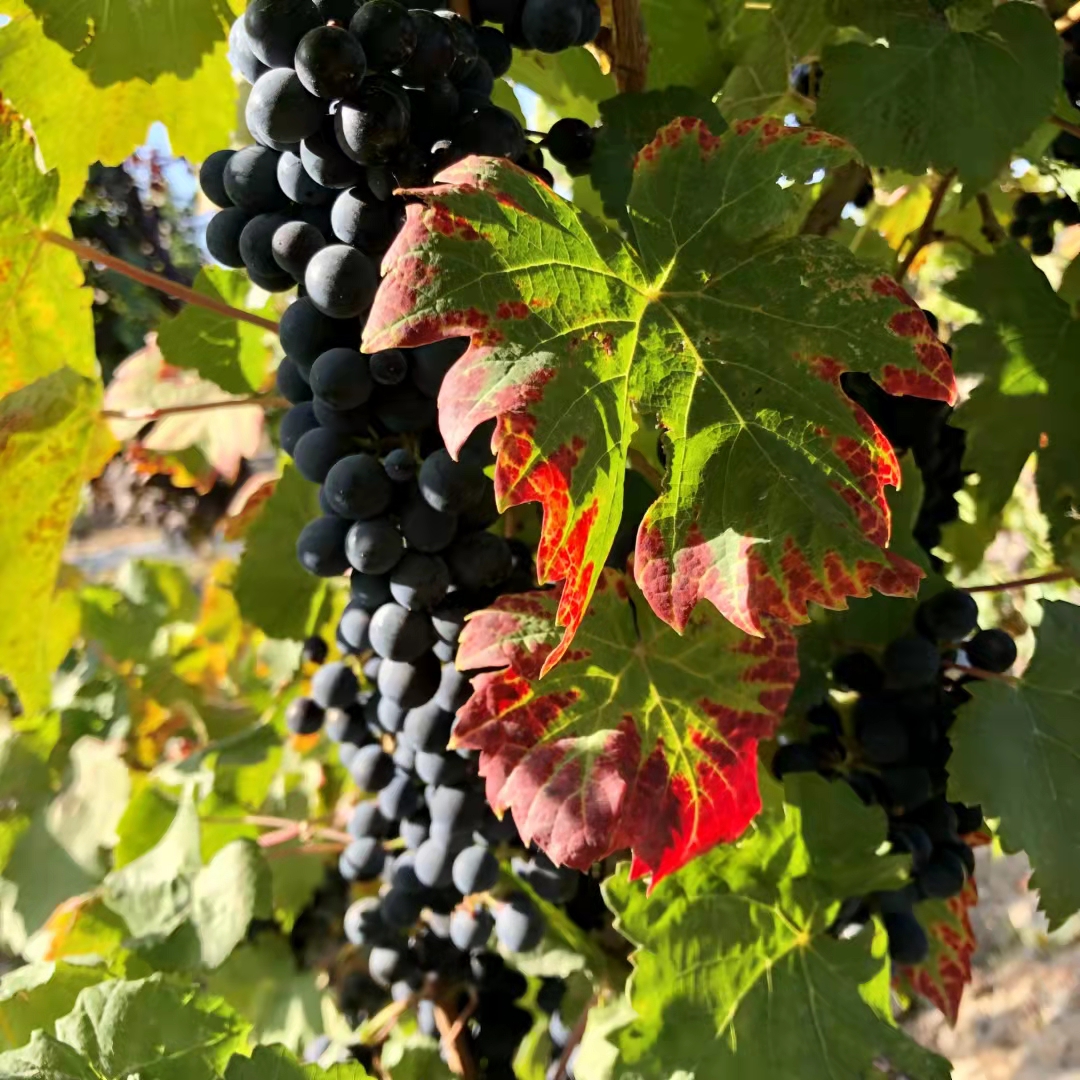
(图片来自李德美)
要确保蛇龙珠在缓慢成熟的过程中能达到良好的酚类成熟度,鸽子山地区的特殊风土条件给了很大帮助,因为这里的沙质土壤和小砾石较多,气候凉爽,雨水渗透性好,气温也更凉爽。鸽子山地区夏季知名的凉风,这有助于保持葡萄更多的新鲜度和酸度,并允许其缓慢的成熟,这样酚类物质的成熟就能赶上糖分的积累,这对蛇龙珠品种尤为重要。
此外,西鸽认为中国的优质葡萄酒应该具有自己的中国特色,”东方韵味”,以代表其国家和产区。目前,中国还没有其他葡萄品种能像蛇龙珠那样,既能酿造高品质葡萄酒,又能提供独特的”东方韵味”,比如常有的中草药风味。此外,蛇龙珠在国际上也是一个新奇的葡萄酒品种,很多人已经厌倦了赤霞珠、美乐和霞多丽等常见的葡萄酒,所以蛇龙珠的吸引力也不难解释。
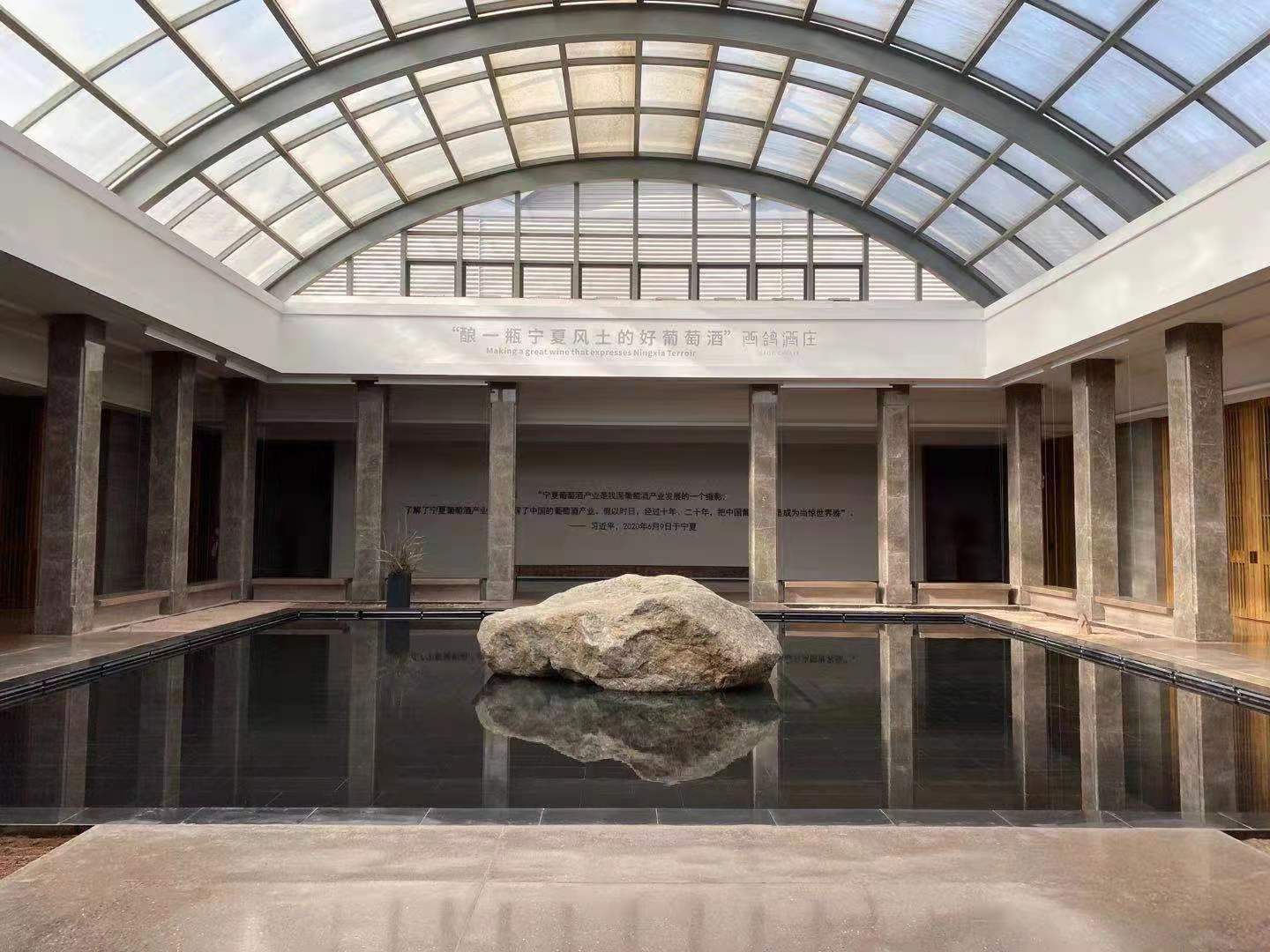
葡萄酒品鉴
继 2023 年5 月在中国葡萄酒发展峰会期间品尝之后,我6月又在办公室重新品尝了这些葡萄酒。对比之前评分,读者可以看到大部分评分是相同的。
西鸽酒庄2021玉鸽单一园长相思 90
禾秆黄色。经典而略显简单的长相思,带有该品种典型的醋栗、青柠、绿无花果香气和风味,但没有该品种某些酒款的过度尖刺感。口感清新柔和,回味悠长明亮。适饮期:2023-2025 。
西鸽酒庄2021霞多丽N28 93
金禾秆黄色。香草和香料的气息外目前以橡木香为主,但在适当的窖藏后会有所缓解。入口后,酒香醇厚浓郁,热带水果(芒果、香蕉)的风味非常漂亮,还有一缕矿物质的味道。回味悠长而丰富。我觉得这款酒的余味没有以前那么热烈了,干得不错。适饮期:2024-2028。
西鸽酒庄2020玉鸽单一园马瑟兰 92
明亮的宝石红色。肉桂、肉豆蔻和东方木香的辛辣细微差别使红色和深色水果的香味更加复杂。这款酒的口感仍然相当封闭紧致,我想再窖藏四年左右,可以获得更大的享受。适饮期:2025-2032。
西鸽酒庄2021马尔贝克N28 92
深紫色。黑莓、百合、干玫瑰和紫罗兰的香气诱人而纯净。入口是与香气相似的味道,单宁丝滑,尽管宁夏地区天气炎热,但口感非常清新。余味悠长而成熟,带有微妙的烟熏味。我特别喜欢这款酒的果-酸-单宁平衡,在这个价位上非常划算,干得不错。适饮期:2024-2029。
西鸽酒庄2019玉鸽单一园蛇龙珠 94
明亮的宝石红色。药草、红色水果、蓝莓和甜香料的香气浓郁、复杂而精准。奶油般高贵的余味悠长而精准,草莓的香味不断重复。适饮期:2024-2032 年。
西鸽酒庄2020西鸽N50 92
完全饱满的墨红色。酒香深沉,散发着黑浆果、焦油、雪松和香草的味道。口感成熟柔顺,单宁顺滑,回味悠长,香气馥郁,令人印象深刻,芳香的尾端暗示了蛇龙珠的存在。85% 赤霞珠和 15% 蛇龙珠混酿。适饮期:2025-2030 。
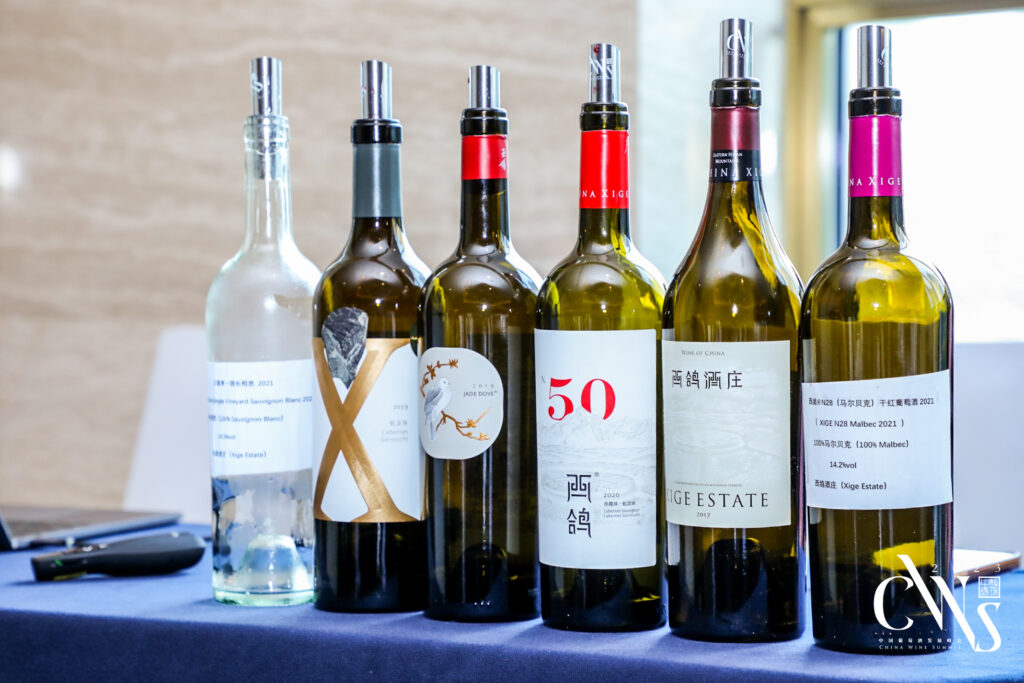

 English
English


